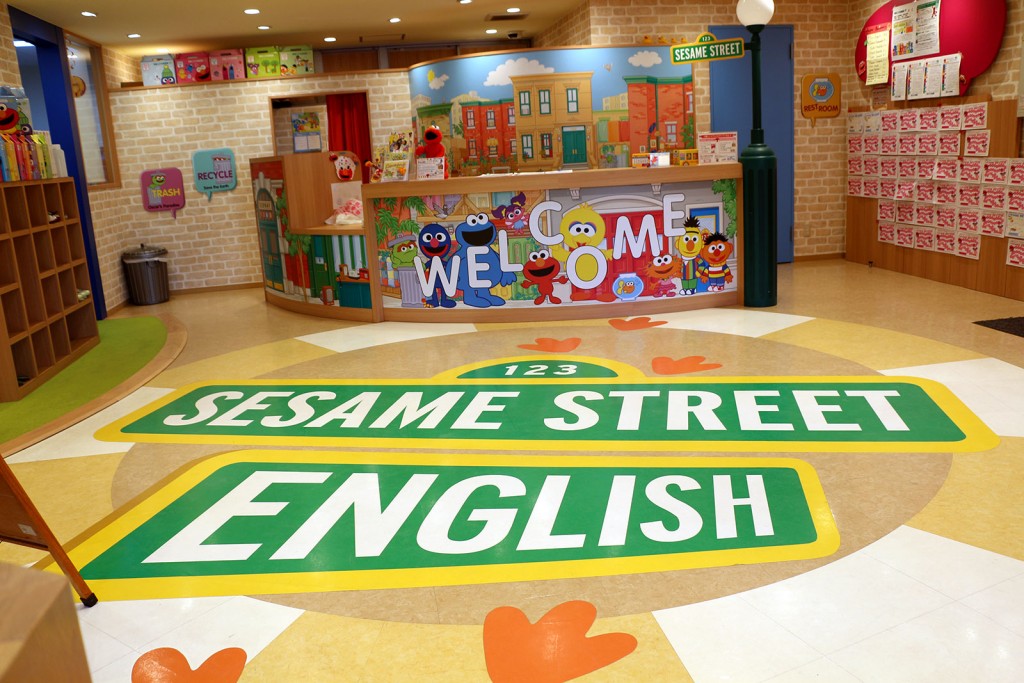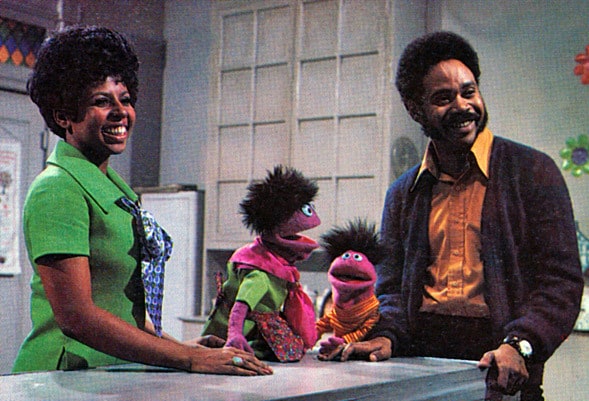Sesame Street:
A...B...C, C is for Communication
Short-Term Impact of Sesame Street
Teachers' Perception of Sesame Street

(Partner)
"The early 1970s, as the first crop of Sesame 'graduates' entered the school system, kindergarten and first grade teachers saw a noticeable difference in how knowledgeable their new pupils were. Some teachers even complained that their lessons might have been upset by their students’ unforeseen preparedness. Most, however, were grateful. As one Cleveland teacher told Nation’s Schools magazine in 1971, 'Besides the knowledge about letters and numbers, the kids seem to have a different attitude about school--as if they've already learned what school is for and what to do there'” (Kamp 76).
"The analysis used data on early viewers, supporting past research likening the show to Head Start in its effect on children’s cognitive skills; data from the 1970s indicated comparable effects on young kids’ test scores. The new analysis goes on to argue that, like Head Start, Sesame Street’s academic effects persisted for some time after that, increasing the likelihood that kids were ready for school and advanced through their education at rates 'appropriate for their age.' And, in another nod to Head Start, the biggest impact was found among disadvantaged children” (Wong).
Representation for African-Americans

"In 1969, his career breakthrough occurred when he joined the Children’s Television Workshop (CTW) to work on the development of Sesame Street, overseeing and producing segments focusing on the diversity of the characters. Unable to find the right fit for the role of 'Gordon,' production approached Robinson who was initially reluctant and the rest, as they say, is history. He played the character until 1972" (Reid).
If you were an African-American citizen in the 1960s, you wouldn't see much of yourself on television, much less at all. Sesame Street saw how the inequality was affecting children and wanted to change the negative stereotype. “Sesame Street's interracial cast offered another reason for black viewers to tune in to see themselves represented on screen. In the late 1960s appearances by African-American actors on televisions were still so sufficiently infrequent that Jet, a weekly magazine for black readers, ran a page on the back of each issue highlighting which programs would be featuring black performers in the coming week” (Kamp 93).
How did children react to seeing themselves being represented for the first time? “CTW’s surveys of teachers in Sesame Street viewing centers bore out these test results. The testimonials were powerful. One Head Start teacher reported, 'The black children in my class feel very good about seeing so many black children on the show.' A day-care-center aide said, 'One of my boys said, ‘Look at the black boy, he knows all the right answers!’ Some children seem surprised that black children knew as much as white children on Sesame Street’” (Kamp 98).
(Sesame Education)
"My face is different...my hair is different...but I am...somebody."
~ Reverend Jesse Jackson